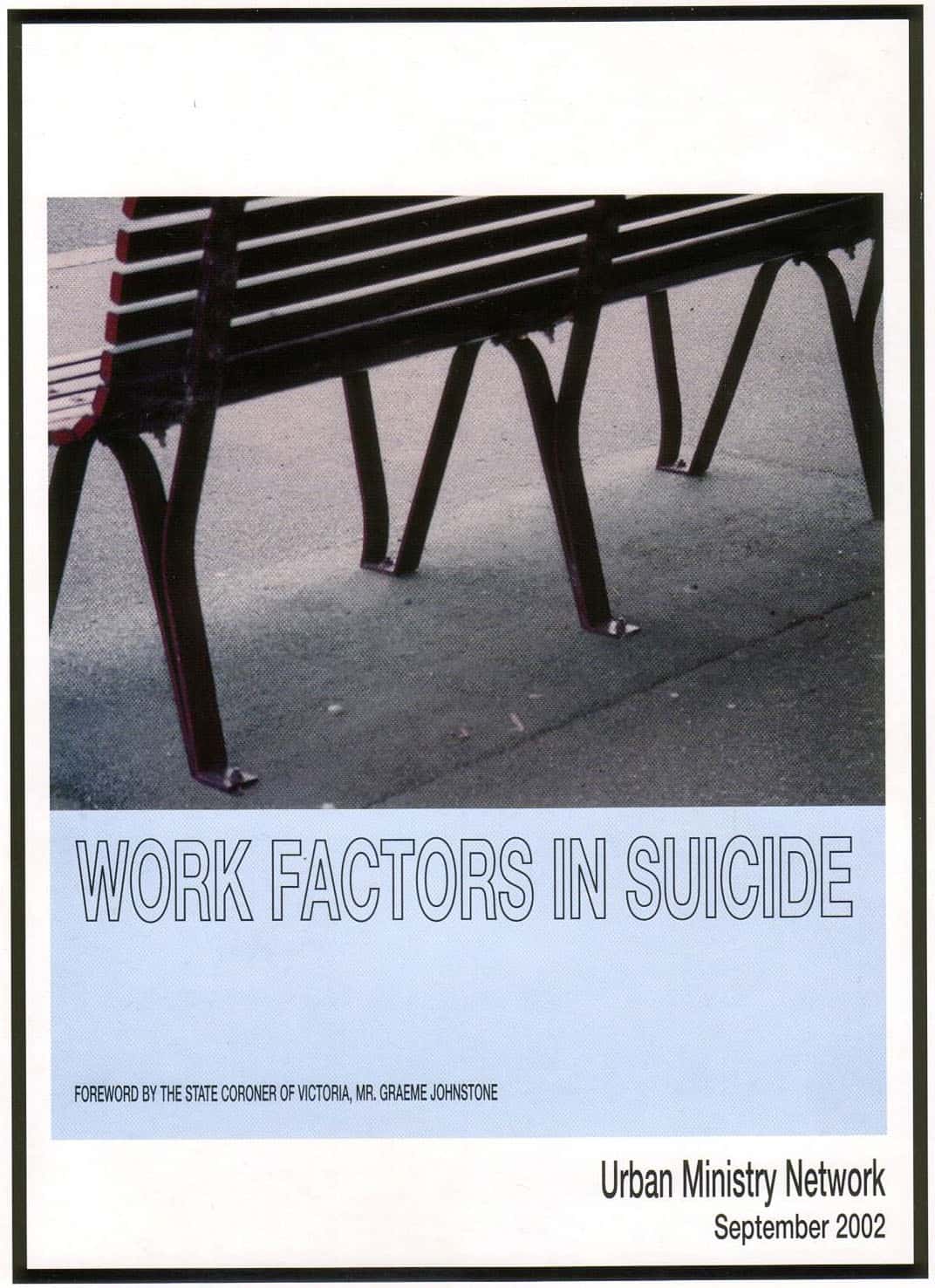The Australian media has been following the investigation into the crash of a light aircraft that was travelling to Benalla on July 28, 2004. There was a report on 5 August about a family who will be suing Queensland Rail over the serious bashing of a relative. Different stories, different states, different modes of transport, but both stories of sadness.
Both stories illustrate an important reminder for the management of safety in workplaces and in public – alarms are there for a reason.
According to media, Barbara Lillicrap, the widow of bashing victim, Scott Lillicrap, said witnesses had pushed the emergency button at the station at least three times, but rail officers believed it to be a prank and ignored it.
A newspaper report says that air traffic controller Stuart Hodge said that an alert was sounded when the plane veered off course before approaching Benalla Airport. Mr Hodge said false alarms were common and there was a culture among air traffic controllers to ignore them.
These two reports also need to remind safety professionals that alarms are simply audible signs to which people need to respond, or at least acknowledge. An ignored sign is a useless control measure and if this is likely to occur, then a higher order of control measure needs to be implemented to control the hazard.
(Don’t get me started on signs at level crossings!)


